A 5-judge Constitution bench of the Supreme Court today unanimously allotted the disputed Ayodhya land to the Ram Janmabhoomi Trust and directed that alternative land of 5 acres be allotted to the Muslims for a mosque.

Starting from 1949 to 2019, the Ayodhya land dispute has seen several turns and twists before coming to a final close.
December 1949
According to reports, the land dispute went to the court for the first time in December 1949 after idols of Ram Lalla were found inside the mosque. While Hindus called it a divine appearance and started offering prayers, others alleged that the idols were smuggled in there.
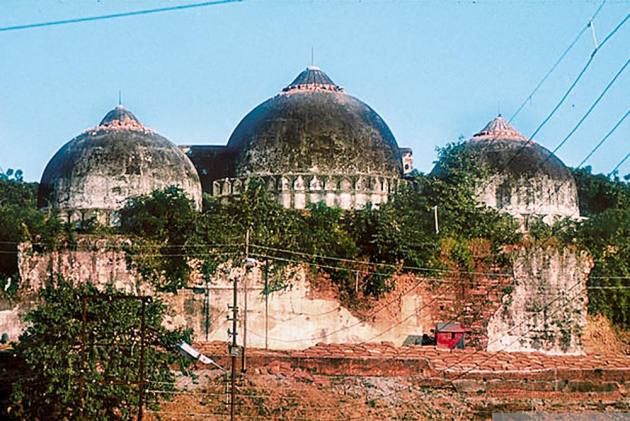
1950
Suits were filed in the Faizabad Court seeking permission to worship the idols of Ram Lalla in the mosque.
1959
Nirmohi Akhara filed a plea in the court seeking possession of the disputed land.
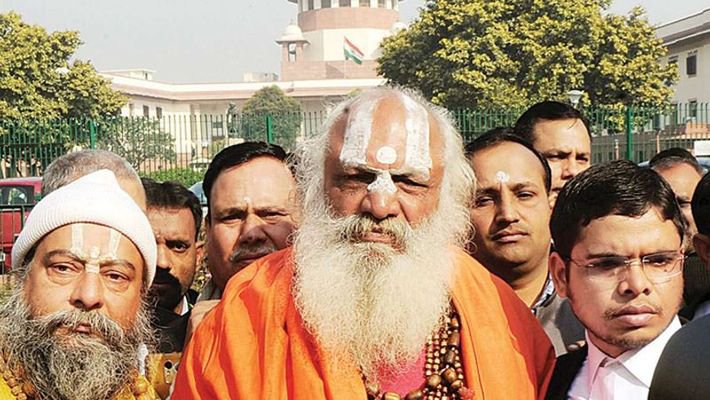
1961
The UP Sunni Waqf Board filed a petition seeking possession of the site and removal of idols from the mosque.
February 1986
The Faizabad Sessions court ordered to open the disputed site and allowed Hindus to worship the idols. After this judgement, the Babri Masjid Action Committee was formed to protest the verdict.
August 1989
The case was shifted to the Allahabad HC which ordered status quo.
December 1992
Babri Masjid was demolished by Karsevaks after the VHP performed Shilanyaas near the disputed site. This led to widespread violence.
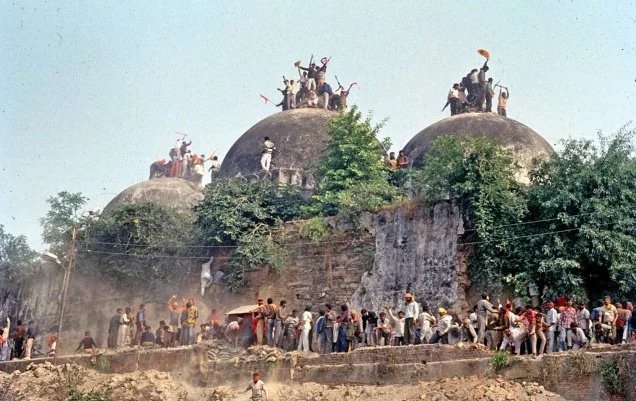
During the same time, the Liberhan Commission was constituted to look into the events leading up to the demolition of the Babri Masjid.
January 1993
Only a month after the Babri Masjid was demolished, the Acquisition of Certain Area at Ayodhya Ordinance was promulgated by the then President Shankar Dayal Sharma. Later, a Bill was introduced and passed by the Narsimha Rao-led central government. It was known as the Ayodhya Act.
The SC also upheld the validity of the act.
April 2002
Proceedings of the case began in the Allahabad HC.
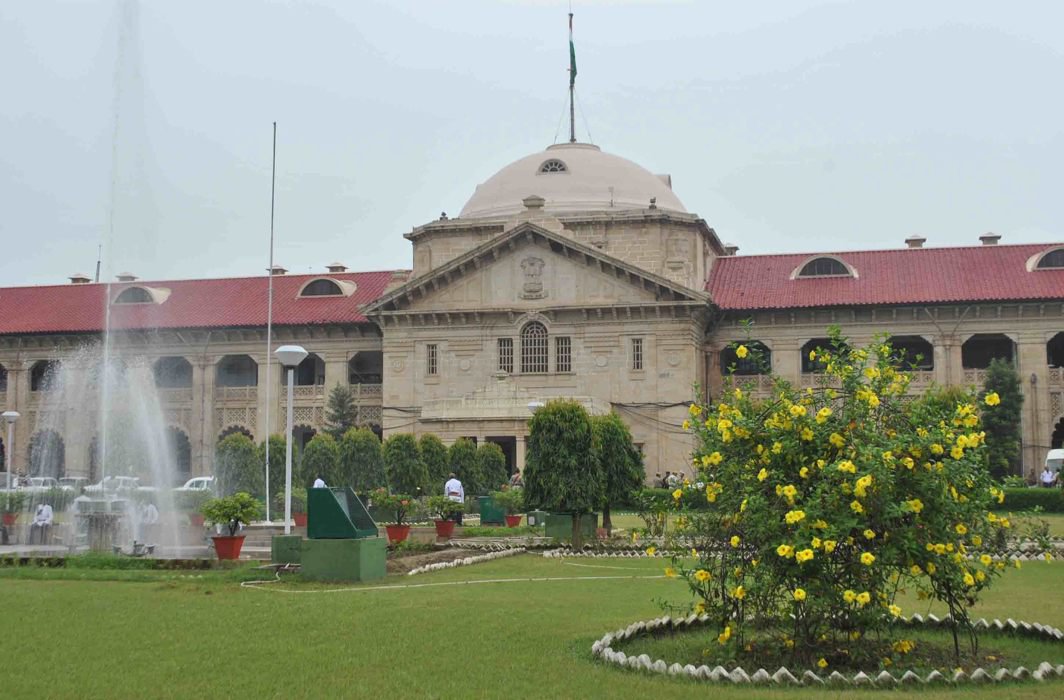
March 2003
The SC prohibited any kind of religious activity on the disputed land.
September 2010
The Allahabad High Court pronounced its verdict and said that the disputed site is to be divided into three parts, each going to Nirmohi Akhara, Ram Lalla and the Sunni Central Waqf Board of Uttar Pradesh.
Within months, the Hindu and Muslim groups moved to the Supreme Court and challenged the High Court verdict.
May 2011
The apex court put a stay on the verdict of the Allahabad HC. Later in 2017, the then Chief Justice JS Khehar suggested an out-of-court settlement over the dispute, which did not work out.
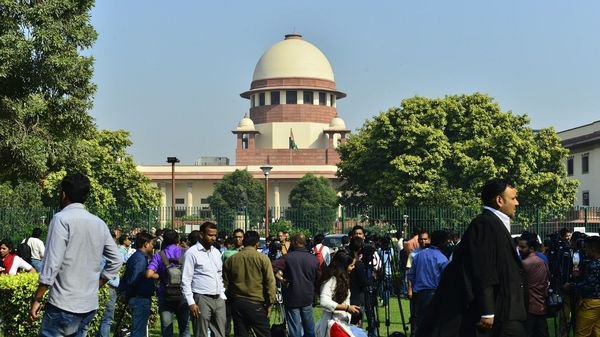
January 2019
CJI Ranjan Gogoi constituted a 5-judge bench led by him and consisting of Justices SA Bobde, NV Ramana, UU Lalit and DY Chandrachud to hear the appeals. Two judges, NV Ramana and UU Lalit, were replaced by Justices Ashok Bhushan and S Abdul Nazeer.
August 2019
The 5-judge bench began daily hearings of appeals challenging the Allahabad HC verdict in the land dispute case.
October 2019
The hearing that went on for almost 40 days, came to an end and the SC bench reserved its verdict that was announced today.
After almost 7 decades, the land dispute case achieved finality when the SC pronounced its verdict today, 9th November.

















